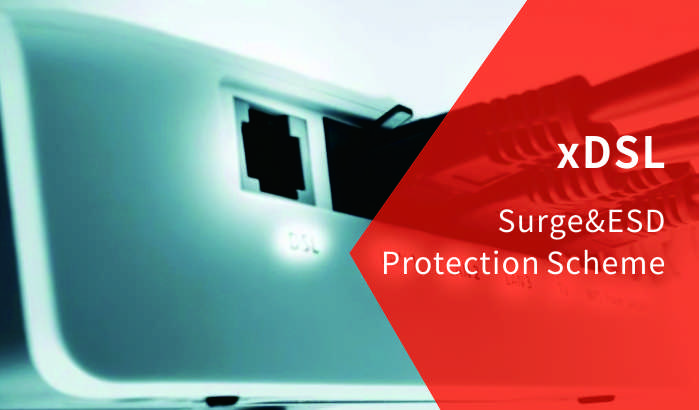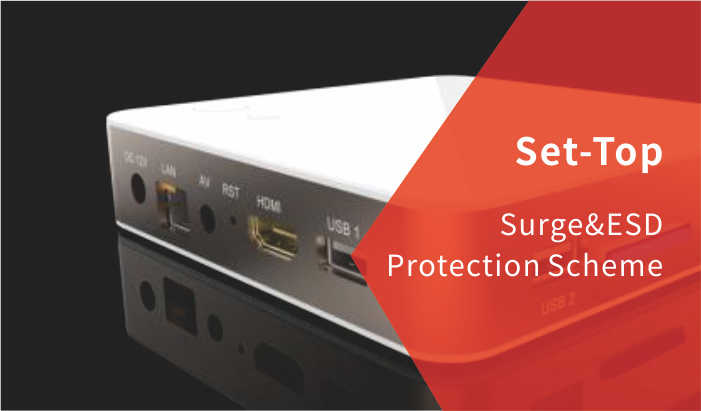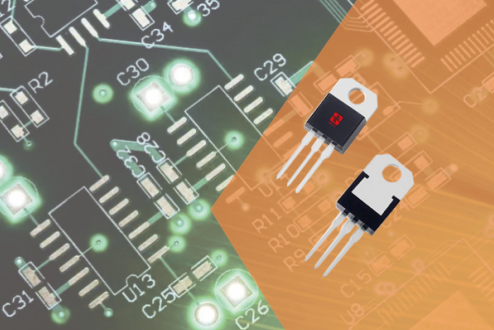ESD electrostatic discharge overview
When a charged object comes into contact with another object at a different potential, the charges between the two objects equalize. The voltage v(t) and current i(t) transients when this occurs are shown below. The amplitude and waveform of the transient depend on the voltage difference and total impedance in the current path. The pulses will be induced and may produce signals that may affect nearby electronic circuits. If the discharge current through the product attempts to take a path that includes an air gap, a secondary discharge may occur within the device. The voltage across the gap increases until the gap fails.
Some steps to avoid ESD issues in your design:
a) Select a circuit configuration that is unresponsive to short transients.
b) Lay out the PCB pattern to minimize induced voltages at critical nodes.
c) Prevent unavoidable discharge transients from coupling into circuits and cables.
d) Design enclosures wherever possible to prevent emissions from occurring.
ESD testing complies with IEC61000-4-2
IEC61000-4-2 is the standard for immunity ESD testing. It applies a defined current waveform at a specified voltage level from a handheld generator called an ESD gun. It uses a capacitor supplied by a high-voltage power supply, whose charged voltage is discharged through a series impedance through the contacts to ground. Two discharge methods are used. They are contact discharge and air discharge.
ESD Test-Contact Discharge
In the contact discharge method, stress can be applied directly to the EUT or to the coupling plane adjacent to the EUT. Before each test pulse, the capacitor is charged to the required level, but its voltage is held at the generator’s probe via a vacuum relay. Apply the probe to an appropriately chosen point on the EUT or coupling plane. The generator is then triggered, causing the relay contacts to close and the capacitor voltage to be applied to the EUT through the probe. This creates a current pulse when voltage discharges through the combined series impedance of the generator, EUT and ground plane. Repeat the movement the desired number of times with appropriate polarity and level in each position.
ESD test-air discharge
The same generator is used for the air discharge method, but with a rounded rather than pointed probe tip. The capacitor is charged to the desired level as before, but the voltage is now continuously applied to the probe, which is located away from the EUT. For each test pulse, the tip is subtly raised to a selected point on the EUT until it makes contact. Just before this happens, the air gap between the tip and the EUT will breakdown and the discharge current will flow, limited as mentioned before by the combined series impedance of the generator, air gap, EUT and return path. Again, repeat the movement the desired number of times with appropriate polarity and level in each position.
Electrostatic discharge ESD test layout
ESD pulses have sub-nanosecond rise times, so RF layout precautions are critical.
1. The test must recreate the actual fast rise time found as this is an important parameter that determines the path of the discharge through the EUT and the response of the EUT itself. The Ground Reference Plane (GRP) is an integral part of the setup to which the return lead of the generator must be well connected as this connection forms part of the current return path.
2. The indirect discharge part of the test uses two other planes different from GRP, called horizontal coupling plane (HCP) and vertical coupling plane (VCP). The discharges from these aircraft simulate the stresses generated from real-life radiation fields emitted to nearby objects.
3. Each coupling plane is connected to the GRP via resistive leads to ensure any charge flows out within a few microseconds. The construction of these leads is critical: each end should be close to a resistor so that the length of lead between them is isolated from the connection and stray coupling from it is neutralized.
4. Although the power rating is not important, the resistor itself should be able to withstand high pulse dV/dt without damage, so the carbon composition type is suitable.
5. For ESD events of tens of nanoseconds, the plane carries the full stress voltage, which is capacitively coupled to the EUT. Any stray capacitance from the plane to objects other than the EUT will modify the plane’s voltage and current waveforms, thereby modifying the applied stress.
6. Therefore, it is important to maintain at least 1 meter of clear space around the EUT, which means the tabletop setup has some separation from walls or other objects.
7. Likewise, separation from the VCP to the EUT is specified as 10cm; even small changes in this distance can cause large changes in coupling to the EUT, so convenient methods of controlling it, such as plastic 10cm spacers on planar surfaces, is helpful.
More information
Semiware provides a full range of ESD electrostatic protection devices and provides customers with a complete ESD testing environment. We have EMC electromagnetic compatibility laboratories and excellent EMC engineers at home and abroad to provide you with services at any time. For more information, please visit the Semiware page: https://semiware.com/
About Semiware
Semiware has a comprehensive product lineup of overvoltage protection device families. The company leverages its technology in the semiconductor field and application background in end products to serve customers in the electronics, automotive and industrial markets. If you have technical questions, please contact the technical support team as follows:
Email: fae01@semiware.com;
Phone: 86-21-3463-7654;
Toll-free technical support hotline: 400-021-5756;
For more information, please visit semiware official website: https://semiware.com

 Automotive TVSs
Automotive TVSs General TVS Diodes
General TVS Diodes High Reliability TVSs
High Reliability TVSs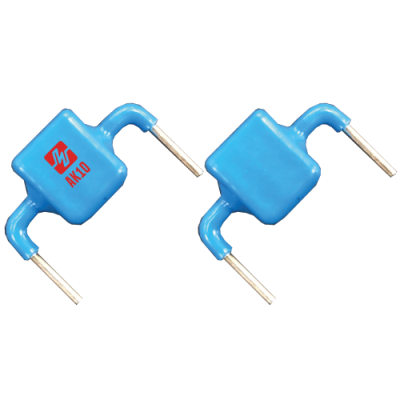 High Current TVSs
High Current TVSs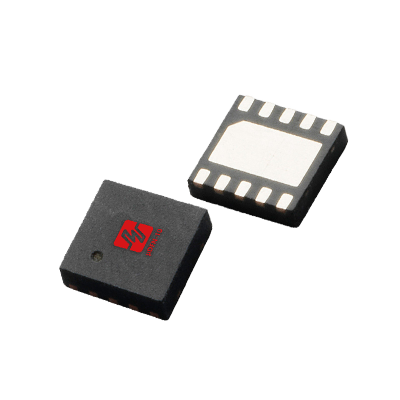 Automotive ESDs
Automotive ESDs TVS Diodes Array
TVS Diodes Array MLVs
MLVs Polymers
Polymers High Reliability
High Reliability General Thyritors
General Thyritors Programmable Series
Programmable Series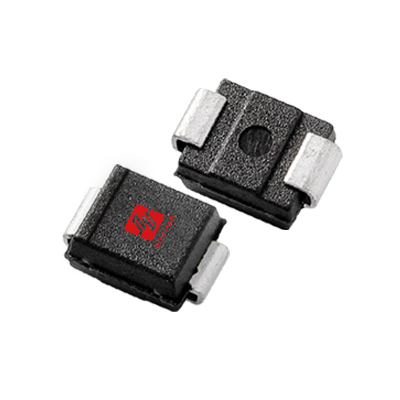 Automotive PLEDs
Automotive PLEDs Pled Protectors
Pled Protectors General Gas Tubes
General Gas Tubes Automotive GDTs
Automotive GDTs Glass Discharge Tubes
Glass Discharge Tubes General Varistors
General Varistors Sensitive SCRs
Sensitive SCRs SCRs
SCRs Triacs
Triacs 4-Quadrant Triacs
4-Quadrant Triacs Small Signal Mosfets
Small Signal Mosfets Power Mosfets
Power Mosfets Transistors
Transistors Bridge Rectifiers
Bridge Rectifiers Schottky Rectifiers
Schottky Rectifiers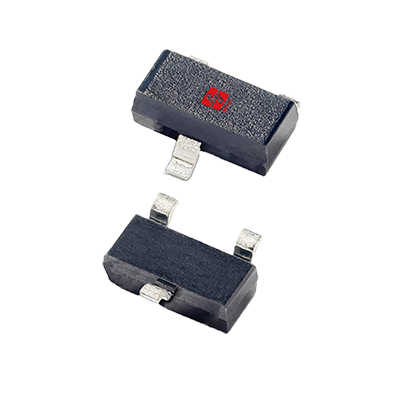 Switching Diodes
Switching Diodes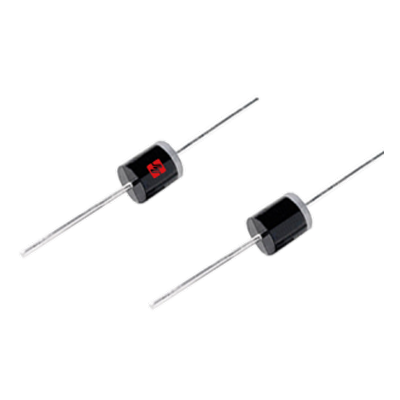 Fast Recovery Diodes
Fast Recovery Diodes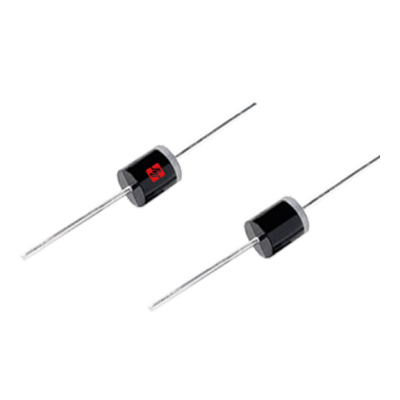 Rectifier Diodes
Rectifier Diodes Fast Recovery Diodes
Fast Recovery Diodes PTC
PTC Energy Storage
Energy Storage Vehicle Adapter
Vehicle Adapter Media Hub
Media Hub Interior Light
Interior Light Head Lighting
Head Lighting DC Charger
DC Charger PTC
PTC AC Charger
AC Charger BMS
BMS ADAS
ADAS BCM
BCM xDSL
xDSL Outdoor AP
Outdoor AP Set-top Box
Set-top Box PBX
PBX RRU
RRU BBU
BBU Power Supply
Power Supply Small Cell
Small Cell Cellular Base Station
Cellular Base Station IP Camera
IP Camera Security Camera
Security Camera NVR
NVR DVR
DVR Two-wheeler locator
Two-wheeler locator POS
POS VR
VR UAV
UAV E-Bike
E-Bike PC
PC Pad
Pad Smart Lock
Smart Lock Mobile Phone
Mobile Phone Smart Watch
Smart Watch E-Cigarette
E-Cigarette TWS
TWS PV Inverter
PV Inverter Energy Storage
Energy Storage DC-DC Module
DC-DC Module Power Bank
Power Bank Fast Charging
Fast Charging Adapter
Adapter ECG monitor
ECG monitor Sphygmomanometer
Sphygmomanometer Electronic Scale
Electronic Scale Radiography
Radiography Exergen
Exergen Blood Glucose Meter
Blood Glucose Meter DC Motor
DC Motor PLC
PLC Smart Metering
Smart Metering Sensor
Sensor Power Line Carrier
Power Line Carrier Electricity Meter
Electricity Meter Elevator Call Board
Elevator Call Board Traffic Lighting
Traffic Lighting Solar Lighting
Solar Lighting Smart Lamps
Smart Lamps Led Lighting
Led Lighting StreetLight Controller
StreetLight Controller Dishwasher
Dishwasher Sweeping Robot
Sweeping Robot Smart TV
Smart TV Washing Machine
Washing Machine Smart Speaker
Smart Speaker Coffee Maker
Coffee Maker Buttons/Switches
Buttons/Switches LIN
LIN DC12V-P5a
DC12V-P5a NFC
NFC MIC
MIC Audio
Audio GPS
GPS RJ11
RJ11 POE-10G-6KV
POE-10G-6KV Type-C
Type-C VGA
VGA USB2.0-Dual
USB2.0-Dual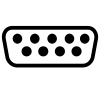 RS232-ESD
RS232-ESD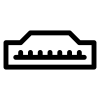 HDMI
HDMI eSATA
eSATA USB3.0
USB3.0 AC220V-5KA
AC220V-5KA Semiware's over 300 interface protection solutions cover automotive electronics, industrial control, consumer electronics, and other industry sectors.
Semiware's over 300 interface protection solutions cover automotive electronics, industrial control, consumer electronics, and other industry sectors. To become an excellent comprehensive service provider of circuit protection solutions.
To become an excellent comprehensive service provider of circuit protection solutions. To become an excellent comprehensive service provider of circuit protection solutions.
To become an excellent comprehensive service provider of circuit protection solutions.

 简体中文
简体中文


